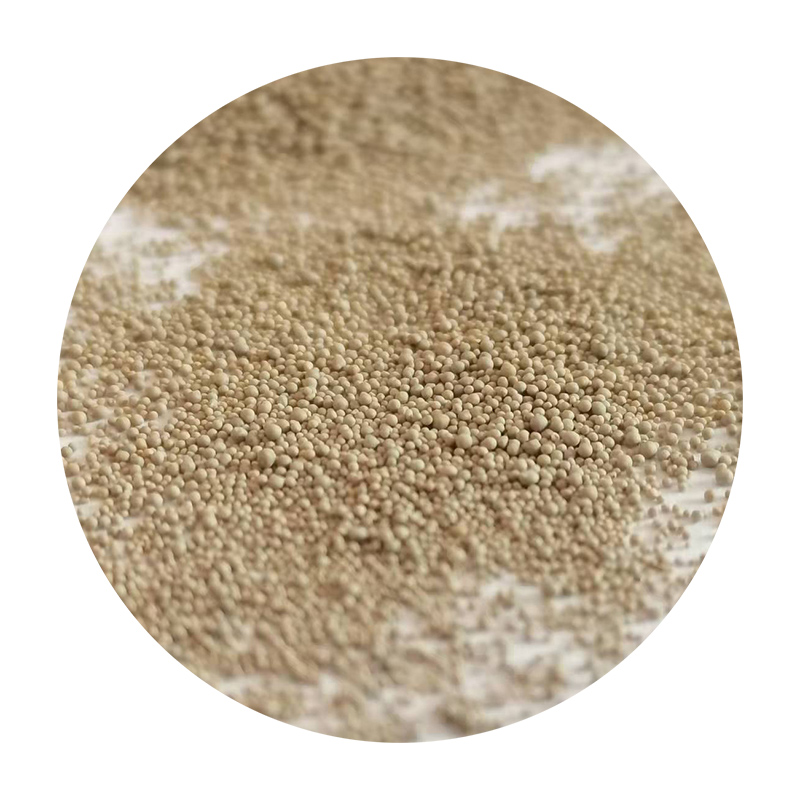Understanding the Types of Sand Used in Sand Casting
Sand casting is a versatile and widely used manufacturing process that involves the creation of metal parts by pouring molten metal into a mold made from sand. This process has been around for centuries and is celebrated for its ability to produce complex shapes and sizes. One of the most critical aspects of sand casting is the type of sand used in the process. The choice of sand can significantly affect the quality, efficiency, and cost of the final product. In this article, we will explore the different types of sand used in sand casting, their properties, and their applications.
1. Silica Sand
The most commonly used sand in sand casting is silica sand, which is composed mainly of silicon dioxide (SiO2). Silica sand is an ideal choice due to its high melting point, which is around 1710°C (3100°F), making it capable of withstanding the high temperatures of molten metal without breaking down. Additionally, silica sand has excellent moldability and thermal stability, allowing for the production of precise and intricate mold shapes.
Silica sand comes in various grain sizes and shapes, which can affect the surface finish of the casted parts. Coarser sands provide better strength, while finer sands yield smoother surfaces. The typical grain size used in sand casting ranges from 0.2 mm to 1.0 mm. Due to its widespread availability and low cost, silica sand remains the most popular choice across different industries.
2. Green Sand
Green sand is another commonly used type of sand in the casting process. Although it is primarily made of silica sand, it is mixed with clay, typically bentonite, and water. The term green refers to the moisture content of the sand, not the color, as green sand is usually brown or tan. The addition of clay enhances the sand's binding properties, improves mold strength, and allows for better retention of detail.
Green sand is particularly suitable for casting ferrous metals, such as iron and steel. It provides excellent collapsibility, meaning the sand can easily break apart after the metal has cooled, facilitating the removal of the cast part. Green sand casting is favored for its cost-effectiveness and its ability to produce high-volume products, making it a staple in foundries.
what type of sand is used in sand casting

3. Resin-Sand
Resin-sand is a mixture of silica sand and a resin binder that hardens when heated. This type of sand produces high-strength molds and cores, offering exceptional dimensional accuracy and surface finish. The main advantage of resin-sand casting over traditional green sand casting is the ability to create more intricate designs with finer details.
The resin binder allows the sand particles to adhere tightly together, resulting in a mold that can withstand the pressures of high-speed metal pouring. However, because it involves a chemical cure, resin-sand casting can be more expensive and requires careful handling and temperature control. It is particularly useful for casting non-ferrous metals and is commonly employed in the aerospace and automotive industries.
4. No-Bake Sand
No-bake sand casting, also known as cold box casting, utilizes a sand mixture that is bonded with a thermosetting resin that hardens without the need for heat. This process involves mixing silica sand with a resin and a hardening agent, enabling it to cure at room temperature. The main benefit of no-bake sand casting is its ability to produce complex shapes and detailed surfaces with excellent dimensional accuracy.
No-bake sand is often used for smaller production runs or specialty items that require quick turnaround time and high precision. Although it can be more costly than traditional green sand, the quality of the finished parts often justifies the investment.
Conclusion
In conclusion, the type of sand used in sand casting plays a crucial role in the quality, efficiency, and cost of metal casting processes. Each type of sand—silica sand, green sand, resin-sand, and no-bake sand—has its unique properties and advantages that make it suitable for different applications. Selecting the appropriate sand depends on various factors, including the type of metal being cast, the complexity of the design, and the desired surface finish. By understanding the characteristics of each type of sand, manufacturers can optimize their casting processes and produce high-quality metal parts that meet the demands of their industries.
Post time:ನವೆಂ . 11, 2024 10:38
Next:simply sands ceramics
